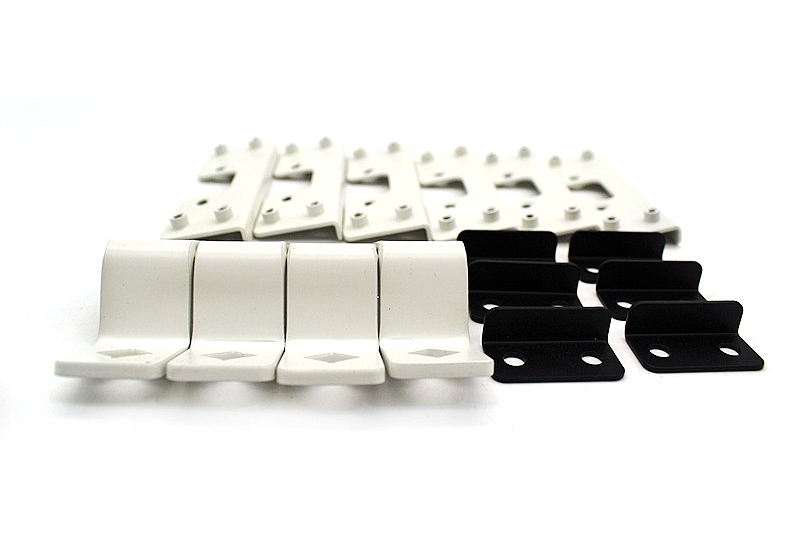Why is stainless steel popular in metal bending applications?
Stainless steel is one of the most widely used materials in custom bending due to its strength, corrosion resistance, clean appearance, and reliable mechanical behavior during the forming process. In engineering practice, its balance of ductility and rigidity makes it ideal for structural brackets, enclosures, architectural components, and high-performance industrial parts. When paired with modern forming processes such as metal bending, stainless steel delivers predictable and durable results across multiple sectors.
Mechanical Advantages Supporting Reliable Bending
Stainless steel exhibits excellent toughness and elongation, allowing for clean bends without cracking when handled properly. In sheet-based workflows such as sheet metal fabrication, the material’s uniform grain structure helps maintain consistent bend radii. Pre-cut stainless steel sheets produced through laser cutting exhibit reduced edge hardening, further enhancing bend performance.
For high-strength applications, stainless steel bending is often combined with upstream forming routes such as sheet metal stamping, where the material’s resilience prevents deformation during transfer and bending. Stainless components machined during early validation stages through CNC machining prototyping also transition smoothly into bending operations.
Stainless-Steel Alloys Used in Bending
Several stainless steel grades exhibit excellent formability, depending on the thickness and application. Cast variants, such as cast stainless steel, provide high mechanical stability for structural parts. When corrosion resistance is critical, alloys like those in stainless steel offer excellent performance.
Stainless is also compatible with metal shaping workflows involving mixed materials. For example, it pairs well with high-performance alloys such as nickel-based alloys and conductive metals like copper alloys. In lightweight assemblies, components made from magnesium alloy are often integrated with stainless steel structures to balance weight and strength.
Surface Treatments That Support Stainless-Steel Bending
Although stainless steel already resists corrosion, further finishing can enhance performance after bending. Protective coatings, such as powder coating, help improve durability in harsh environments. When stainless parts require tight tolerances, the smoothness achieved through polishing reduces friction during assembly.
Heat-related treatments, such as heat treatment, may also be applied before or after bending to modify hardness or relieve stress, particularly when the stainless part will undergo welding or stamping afterward.
Industry Demand for Stainless-Steel Bending
Multiple industries rely on stainless steel due to its durability and clean appearance. In the aerospace sector, stainless steel is preferred for brackets, shielding plates, and heat-resistant components. The automotive industry uses stainless steel for exhaust systems, mounting frames, and structural reinforcements. In consumer electronics, its aesthetic finish and deformation resistance make it ideal for housings, backplates, and internal support frames.
Conclusion
Stainless steel remains popular in metal bending because it offers a rare mix of mechanical strength, corrosion resistance, predictable forming behavior, and surface stability. When combined with optimized manufacturing processes and suitable finishing methods, it becomes a versatile, long-lasting choice across high-performance industries.



